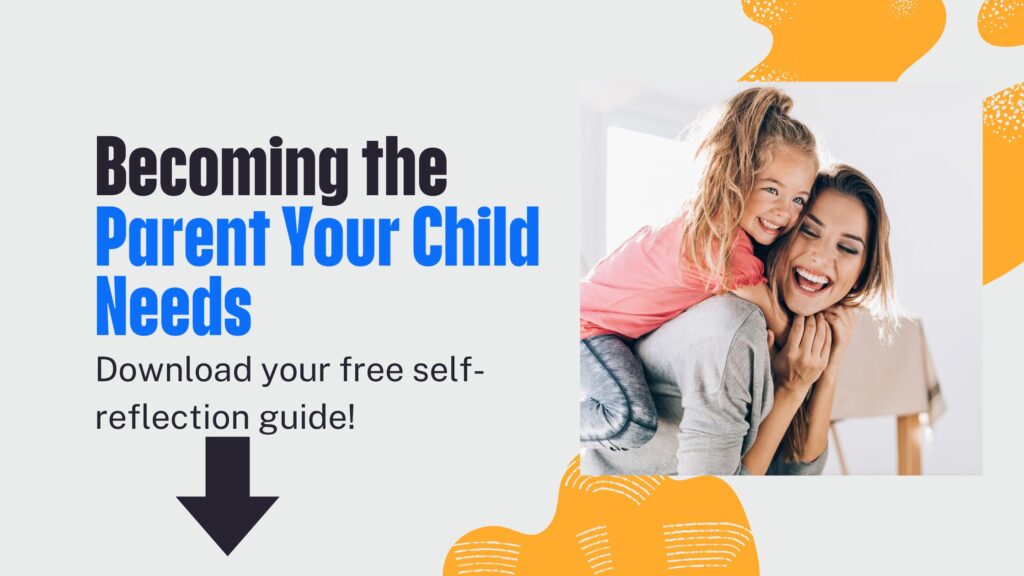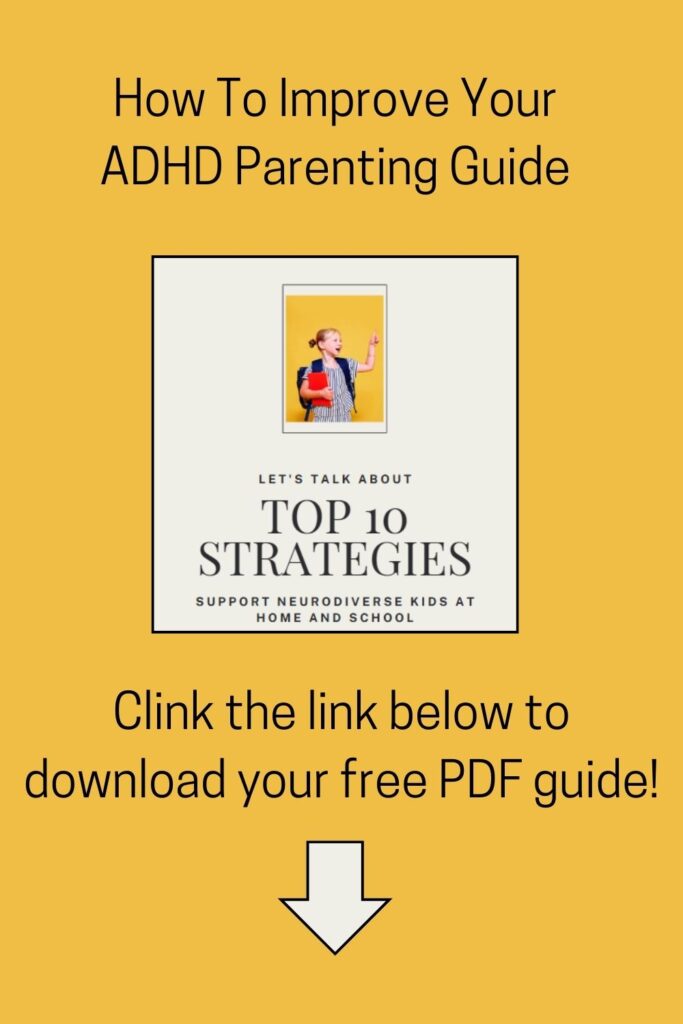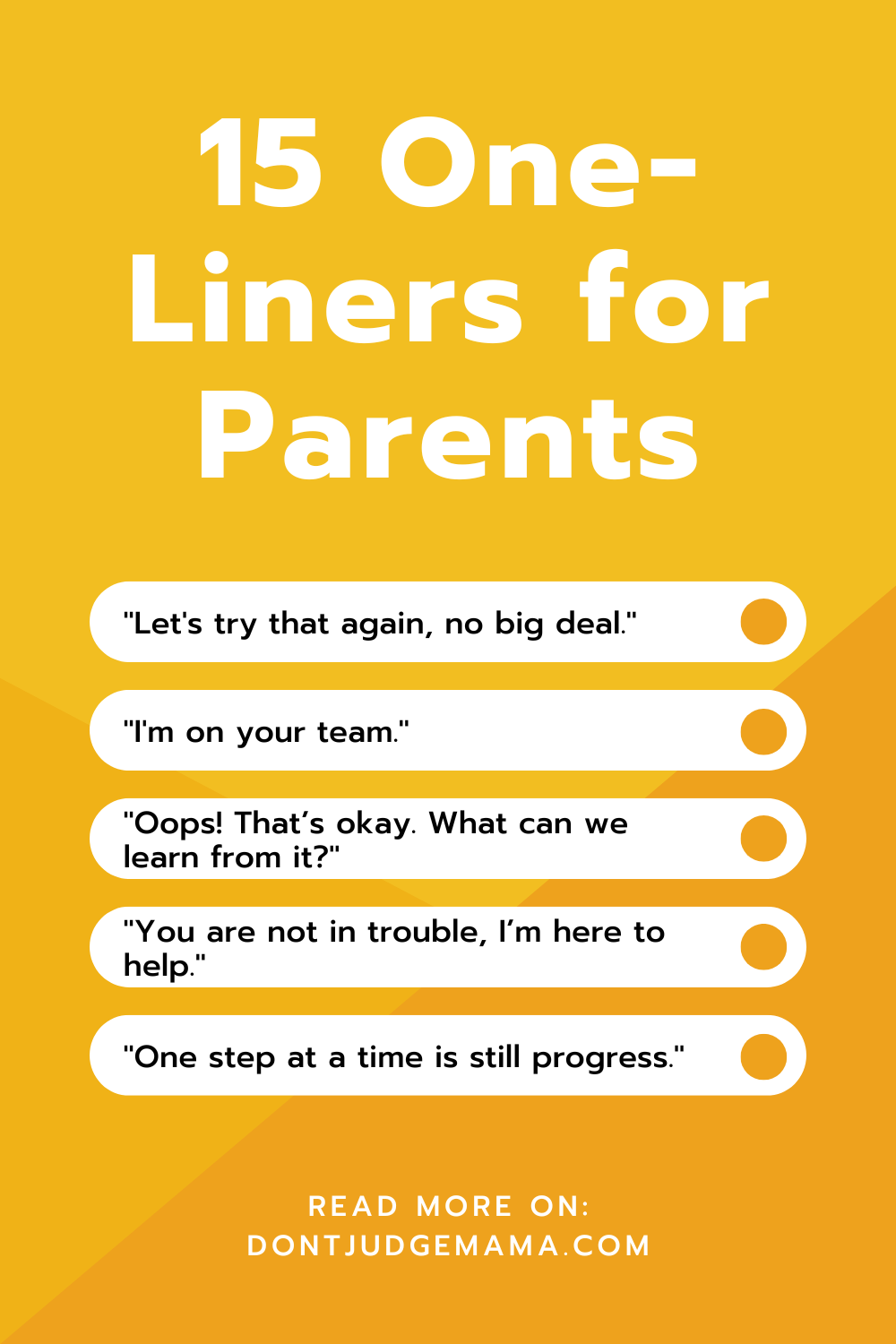Understanding Response Inhibition: Supporting Children’s Impulse Control and Self-Regulation
Response inhibition is a crucial executive functioning skill that helps children pause and think before acting. When kids struggle with impulse control, it can impact their behavior, social interactions, and academic success. In this post, we’ll explore what response inhibition is, how it develops, and practical strategies for parents to support their child’s self-regulation. Whether your child is neurotypical or neurodivergent, these insights will empower you to help them thrive.
What is it?
The capacity to think before you act – this ability to resist the urge to say or do something allows us the time to evaluate a situation and how our behavior might impact it. Response inhibition is the ability to suppress impulsive behaviors or automatic responses, allowing for thoughtful and intentional actions. It’s a core component of executive functioning, which governs self-regulation, planning, and goal-directed behavior.
What does poor response inhibition look like?
When response inhibition is weak, it can manifest in a variety of ways across different settings, such as home, school, work, and social environments. Here are more detailed examples of how this might appear:
Behavioral Manifestations:
- Interrupting or Blurting Out: Frequently interrupting conversations, speaking out of turn, or finishing others’ sentences. This can make group activities or classroom settings challenging.
- Impulsive Decisions: Acting on a whim without fully thinking through consequences (e.g., grabbing items without asking, making purchases impulsively, or agreeing to plans without considering obligations).
- Emotional Outbursts: Difficulty regulating emotions, leading to quick frustration, anger, or excitement. This can result in overreacting to small inconveniences or perceived slights. (For more about emotional regulation, check out this POST.)
- Risk-Taking Behavior: Engaging in risky activities without weighing potential dangers, such as reckless driving, unsafe play, or ignoring safety rules.
- Task Abandonment: Jumping from one activity to another without completing tasks because the next task seems more interesting or urgent in the moment.
Academic and Work Challenges:
- Rushing Through Work: Completing assignments or projects too quickly, resulting in careless mistakes or incomplete work.
- Skipping Instructions: Failing to read or follow directions, leading to misunderstanding tasks or missing key steps.
- Procrastination: Delaying tasks until the last minute, then rushing impulsively to finish without proper attention to detail.
- Difficulty Prioritizing: Tackling easier or more enjoyable tasks first while ignoring more important, long-term responsibilities.
Social Impacts:
- Difficulty Taking Turns: Struggling to wait in lines, take turns in games, or wait to speak in group settings.
- Interrupting Play: In younger children, this might look like grabbing toys from others or intruding in ongoing games without asking.
- Oversharing: Sharing too much information or personal stories without recognizing social boundaries or cues that others are uncomfortable.
- Trouble with Boundaries: Difficulty recognizing when to stop talking, joking, or engaging in behaviors that others find excessive or inappropriate.
Home and Daily Life:
- Forgetfulness and Disorganization: Forgetting chores, leaving items in random places, or frequently losing things because tasks are done hurriedly.
- Impulsive Eating or Spending: Grabbing snacks frequently without hunger cues or spending money impulsively on non-essential items.
- Difficulty Following Routines: Struggling to stick to morning or bedtime routines, often jumping around between steps or skipping them entirely.
These challenges are not indicative of a lack of intelligence or effort but rather reflect how the brain processes impulses. Support and strategies, like visual schedules, structured environments, and regular breaks, can help mitigate some of these behaviors.
Response inhibition typically begins developing in early childhood and continues to mature through adolescence and into early adulthood. However, the rate and extent of development can vary significantly between individuals.

Take the first step toward becoming the parent your child truly needs with this free self-reflection guide! Click HERE to get the free guide.
Developmental Timeline for Response Inhibition:
- Infancy to Toddlerhood (0-3 years):
- Impulse control is minimal. Young children act primarily on immediate needs and desires.
- By age 2-3, children may begin to show early signs of delayed gratification (e.g., waiting briefly for a snack).
- Preschool (3-5 years):
- Children gradually start learning to wait their turn, share, and follow simple rules.
- They may still act impulsively, but brief pauses before acting start to emerge.
- Games like “Simon Says” or “Red Light, Green Light” help reinforce response inhibition.
- Early Elementary (6-9 years):
- Greater improvements in impulse control and the ability to pause and reflect before acting.
- Children can follow multi-step directions and regulate behavior better in structured environments.
- Errors in judgment and occasional impulsivity are still common.
- Late Elementary to Middle School (10-13 years):
- Response inhibition becomes more consistent.
- Children start developing more sophisticated emotional regulation and can resist more complex distractions.
- They are better at managing impulses in social settings and academic tasks.
- Adolescence (14-18 years):
- The prefrontal cortex (which governs executive functioning) continues to develop.
- Teenagers show increasing ability to weigh risks and rewards, although impulsive decisions can still occur, especially in emotionally charged situations.
- Peer influence can sometimes override developing impulse control.
- Early Adulthood (18-25 years):
- Response inhibition typically fully matures in the mid-20s, as the prefrontal cortex finishes developing.
- This is the period when impulse control and decision-making skills reach their peak.
Neurodivergent Development:
- Children with ADHD, autism, or executive function challenges may experience delays in developing response inhibition.
- Their development may lag by 2-3 years compared to neurotypical peers, and support strategies are often needed to help them manage impulses.
Key Takeaway: While response inhibition begins to emerge in preschool and strengthens through adolescence, it may not fully develop until the mid-20s. For children who struggle with this skill, consistent practice, structure, and positive reinforcement are essential to foster growth.
How parents can help foster response inhibition:
Helping children develop response inhibition can significantly improve their ability to manage impulses, regulate emotions, and make thoughtful decisions. Here are practical strategies that parents can use to foster this skill at different developmental stages:
1. Model Self-Control
- Children learn by observing adults. Narrate your own thought process when facing a decision. For example:
- “I really want to eat that cookie now, but I’m going to wait until after dinner.”
- Show calm responses to frustration, demonstrating how to pause and think before reacting. (Check out this POST about mental flexibility.)
2. Practice Through Play
- Games that require waiting, following directions, and stopping help build response inhibition:
- Simon Says – Promotes listening and self-regulation.
- Red Light, Green Light – Encourages stopping and starting on cue.
- Jenga or Memory Games – Teaches patience and careful movements.
- Board Games – Reinforce turn-taking and planning ahead.
3. Use Visual and Verbal Cues
- Visual timers or countdowns help children learn to wait.
- “When the timer rings, you can have a turn.”
- Traffic light systems (Red = stop, Yellow = slow down, Green = go) can provide simple, concrete reminders.
- Cue cards with phrases like “Pause,” “Think,” or “Breathe” can prompt reflection before acting.
4. Create Structured Routines
- Predictable routines reduce impulsivity by providing structure and clear expectations.
- Consistent morning, after-school, and bedtime routines help children learn to follow sequences without rushing.
5. Teach “Stop and Think” Strategies
- When your child is about to act impulsively, gently remind them to:
- Pause – Take a deep breath.
- Identify – What do you want to do?
- Consider Consequences – What might happen if you act now?
- Reinforce this with phrases like:
- “Let’s think before we act.”
- “What could happen if we wait?”
6. Reinforce Delayed Gratification
- Practice waiting for rewards to strengthen self-regulation:
- “You can have one cookie now, or two if you wait until after dinner.”
- Gradually increase the waiting time as your child succeeds.
7. Break Tasks into Small Steps
- Impulsivity can stem from overwhelm. Break large tasks into smaller, manageable steps with clear pauses.
- “First, finish this part of your homework. Then, we’ll take a short break.”
8. Provide Positive Reinforcement
- Praise and reward moments when your child successfully inhibits impulses:
- “I saw you wait for your turn – great job!”
- Use small rewards, stickers, or extra playtime as motivation for self-control. (For more about positive reinforcement read HERE.)
9. Create “Pause Zones” at Home
- Designate a calm area where your child can go to reset and self-regulate if they feel overwhelmed.
- Equip it with stress balls, sensory items, or calming activities.
10. Teach Emotional Regulation (another executive functioning skill)
- Strong emotions can trigger impulsivity. Help children identify and express emotions:
- Use emotion charts or books to teach vocabulary around feelings.
- Practice deep breathing, counting to ten, or mindfulness exercises. (Check out this POST about teaching emotional regulation.)
11. Encourage Reflective Conversations
- After an impulsive moment, gently discuss what happened without judgment:
- “Why do you think you grabbed the toy? What could we do differently next time?”
- Encourage problem-solving together, emphasizing growth rather than punishment.
12. Be Patient and Consistent
- Developing response inhibition takes time, especially for neurodivergent children. Consistency, repetition, and empathy are key.
Conclusion
Response inhibition is a vital skill that helps children and teens navigate their world with greater intention and self-regulation. By understanding what poor response inhibition looks like and implementing strategies to support its development, parents and educators can play a pivotal role in helping young people build this essential executive function. This post is the first in a three-part series exploring response inhibition. In the next post, we’ll dive into how poor response inhibition manifests in teens and ways to address it, followed by a third post focused on practical classroom supports to help students who struggle in this area. Stay tuned for actionable insights and strategies to support children and teens both at home and in school!

Check out this FREE resource: Top 10 Strategies to Support Neurodiverse Kids at Home and School! Click HERE to get the resource.





